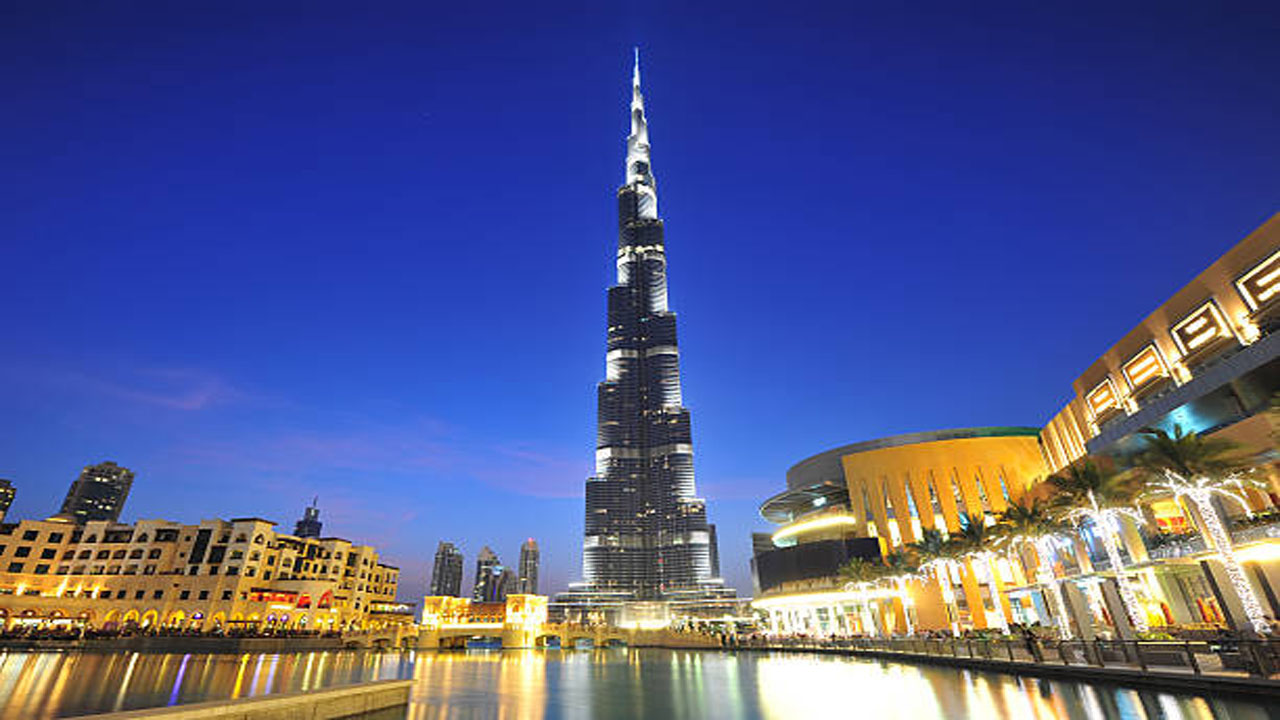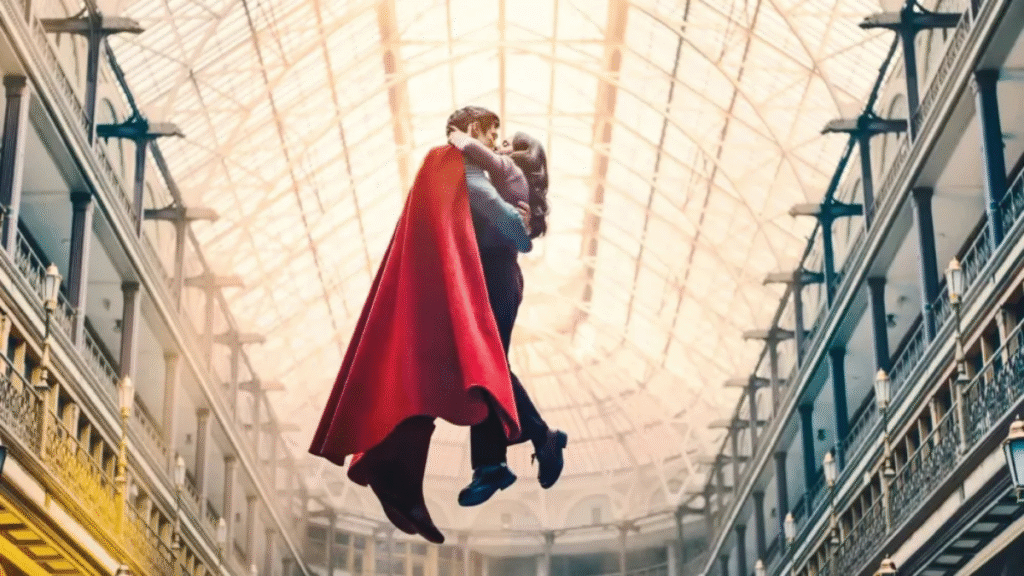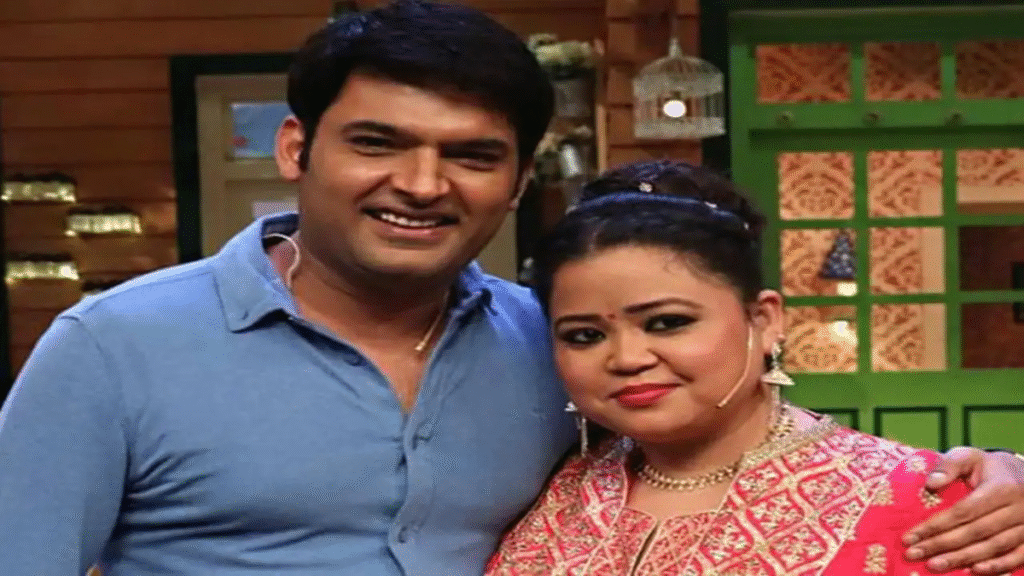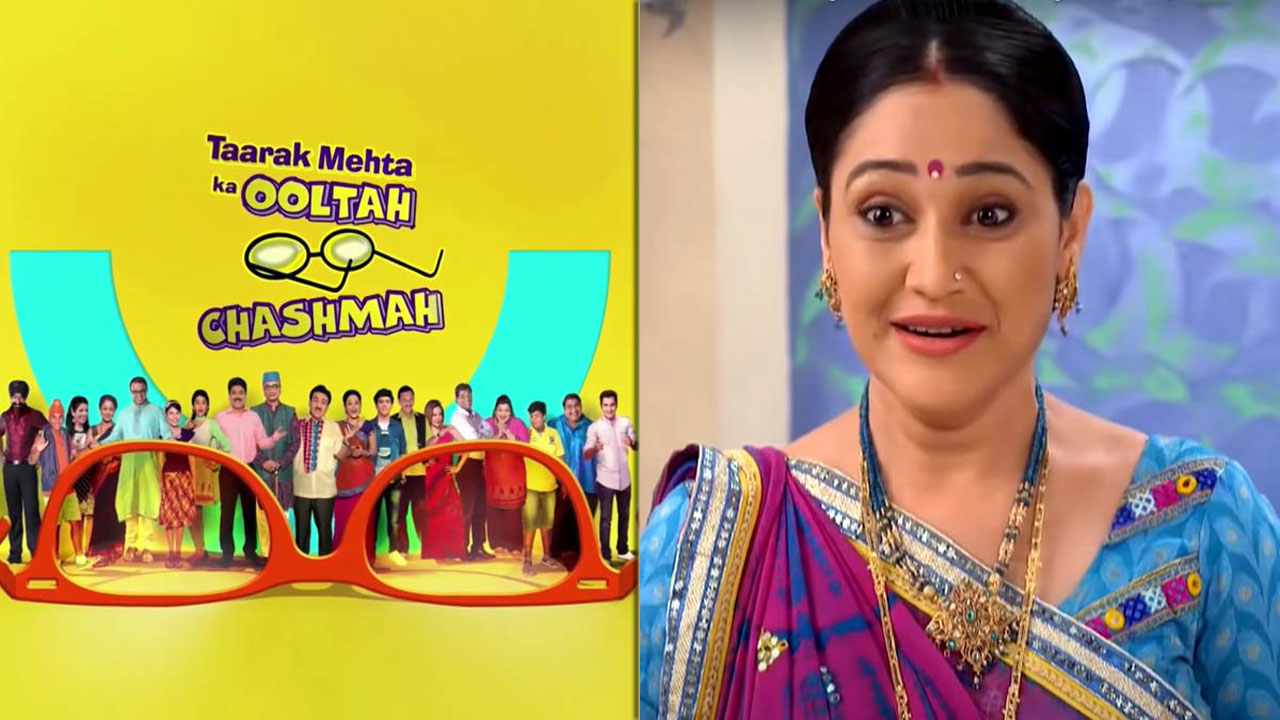Now Reading: History Today: How the Burj Khalifa Rose into the Skies
-
01
History Today: How the Burj Khalifa Rose into the Skies
History Today: How the Burj Khalifa Rose into the Skies

On January 4, 2010, Dubai unveiled a marvel of engineering and architectural prowess to the world: the Burj Khalifa. Standing at a staggering height of 828 meters (2,717 feet), it is not just the tallest building, but the tallest man-made structure ever built. Its inauguration marked a pivotal moment in architectural history, pushing the boundaries of what was deemed possible and solidifying Dubai’s position as a global hub for innovation and luxury.
A Vision Takes Shape
The story of the Burj Khalifa begins with a vision to transform Dubai into a world-class city. The government sought to diversify its economy beyond oil and attract international attention and investment. A landmark structure, something never seen before, was conceived as the centerpiece of this ambitious project.
The design was awarded to Skidmore, Owings & Merrill (SOM), a renowned architectural firm responsible for iconic structures like the Willis Tower (formerly Sears Tower) in Chicago and the One World Trade Center in New York City. The lead architect, Adrian Smith, drew inspiration from the geometric patterns of Islamic architecture and the desert flower, Hymenocallis. The result was a sleek, futuristic design that was both aesthetically pleasing and structurally sound.
Engineering Challenges and Triumphs
Constructing the world’s tallest building presented a unique set of engineering challenges. The extreme height meant dealing with high winds, temperature variations, and the sheer weight of the structure itself.
- Wind Resistance: To combat the effects of wind, the Burj Khalifa was designed with a unique “Y” shaped floor plan. This shape disrupts wind flow and reduces turbulence. The building was also extensively tested in wind tunnels to ensure its stability.
- Concrete Pumping: Pumping concrete to such unprecedented heights was a major hurdle. Engineers developed high-strength concrete that could withstand the immense pressure and used specialized pumps to push it to the upper levels.
- Construction Timeline: The construction of the Burj Khalifa began in 2004 and lasted for six years. At its peak, over 12,000 workers were on-site daily, representing a global workforce and a testament to human collaboration.
A Vertical City
The Burj Khalifa is more than just a tall building; it’s a vertical city. It houses:
- Residential Apartments: Luxurious apartments offer residents unparalleled views of the city and the surrounding desert.
- Offices: Prime office spaces cater to international businesses and corporations.
- Armani Hotel: The world’s first Armani Hotel provides guests with an exclusive and stylish experience.
- Observation Decks: “At the Top,” the Burj Khalifa’s observation decks, offer breathtaking panoramic views from the world’s highest vantage point.
A Symbol of Ambition and Innovation
The Burj Khalifa’s inauguration was a global event, broadcast worldwide and attended by dignitaries and celebrities. It was a moment of immense pride for Dubai and the United Arab Emirates, showcasing their ambition and determination to achieve the extraordinary.
The tower was initially named Burj Dubai, but during the inauguration ceremony, it was renamed Burj Khalifa in honor of Sheikh Khalifa bin Zayed Al Nahyan, the President of the United Arab Emirates.
The Burj Khalifa Today
Over a decade since its opening, the Burj Khalifa remains an iconic symbol of Dubai and a testament to human ingenuity. It continues to attract tourists, businesses, and residents from around the world. The tower has not only transformed Dubai’s skyline but has also inspired countless architects and engineers to push the boundaries of design and construction.
Key Facts and Figures
- Height: 828 meters (2,717 feet)
- Floors: Over 160 habitable levels
- Construction Cost: Approximately US$1.5 billion
- Architect: Skidmore, Owings & Merrill (SOM)
- Main Contractor: Samsung C&T
A Legacy of Excellence
The Burj Khalifa’s legacy extends beyond its physical presence. It represents:
- A Visionary Spirit: The audacity to dream big and the determination to make it a reality.
- Engineering Prowess: Overcoming unprecedented challenges through innovation and collaboration.
- Global Collaboration: Bringing together experts from around the world to achieve a common goal.
- A Symbol of Progress: A beacon of human achievement and a testament to what is possible with vision and dedication.
The Burj Khalifa stands tall as a symbol of human ambition, a beacon of innovation, and a testament to the extraordinary achievements that can be realized when vision and engineering prowess combine. Its story continues to inspire and awe, reminding us that the sky is not the limit when there are footprints on the moon










